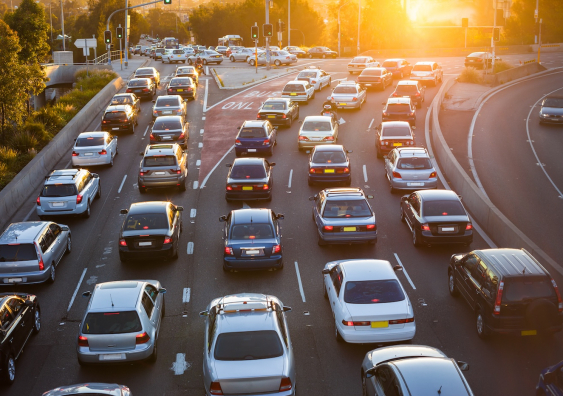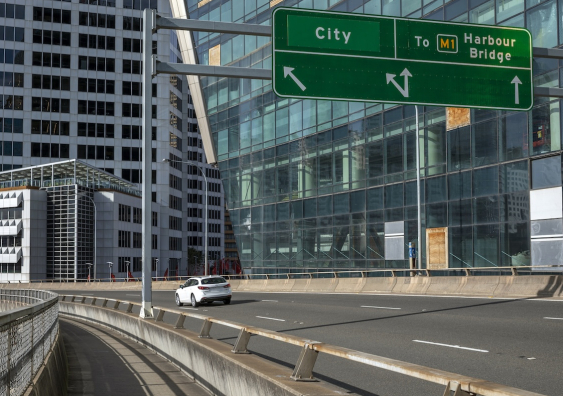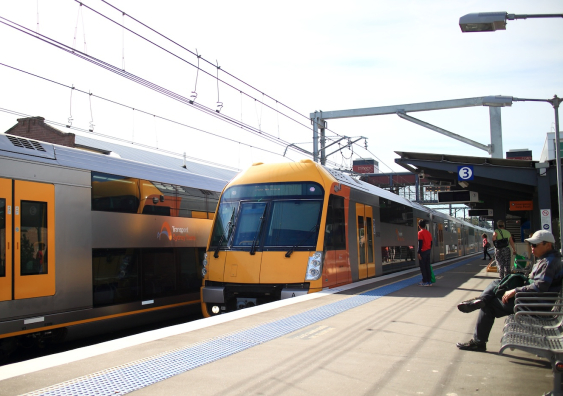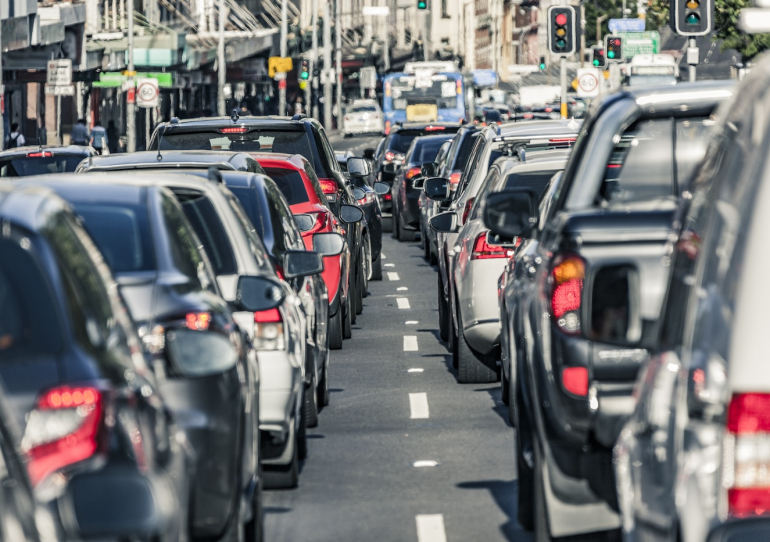Most commuters have endured the ordeal of being stuck in peak-hour traffic. Trapped in a seemingly endless queue of cars crawling ever so slowly towards home is a trying part of urban life that is begrudgingly tolerated. But does it have to be this way?
Congestion pricing is one traffic management strategy gaining traction in cities looking to seriously ease gridlock. The idea is to place a surcharge on driving in certain areas highly prone to congestion, encouraging more motorists to adjust their travel behaviour, including leaving their cars at home and taking public transport.
Dr Christopher Standen, a research fellow in applied urban development at the School of Population Health, UNSW Medicine & Health, says cities that have already implemented congestion pricing have benefited greatly, and the strategy could be on the cards for many more.
“It has already shown to be very effective in reducing congestion in London, Stockholm and Singapore,” Dr Standen says. “It may also help to improve air quality, promote the use of public transport, and generate funds for infrastructure improvements.”
Why we have congestion
Traffic congestion occurs when demand for road space exceeds supply. In other words, there are too many cars for the amount of road available to allow free-flowing driving.
While governments can fork out money to build more road space, Dr Standen says that doing so does very little to ease congestion. Instead, widening roads or creating new ones only temporarily improves traffic flow and usually worsens congestion in the long run as it entices more people to drive.

Creating more road space doesn't help reduce congestion in the long run. Photo: Getty Images.
Without any other intervention to manage demand, congestion is the default road rationing strategy. This is because congestion is so unpleasant that many of us intuitively change our travel plans to avoid it, whether it be making fewer trips, choosing a different route, or delaying departure times.
“In this way, congestion is self-limiting and won’t exceed a tolerable level, except for network disruptions like crashes,” Dr Standen says. “So, it’s more a question of whether we want to continue to accept congestion, or do we look at other strategies that might save us from sitting in traffic – like a pricing mechanism.”
Reducing congestion through pricing
Congestion pricing works like a motorway toll, except instead of being charged to drive on specific roads, motorists pay a fee to drive in highly urbanised zones like the CBD. When enforced, the fee disincentivises driving in these areas, which helps improve traffic flow and clear up congestion.
The idea of introducing congestion pricing has been floated in Australia occasionally over the years, though no city has implemented it. But Dr Standen says it could be effective in relieving congestion in places like Sydney if applied in the right way.

Congestion pricing would disincentivise driving in areas highly prone to traffic, like the CBD. Photo: Getty Images.
Previous modelling indicates that a 5¢ per kilometre charge during peak times would significantly reduce congestion. The revenue could then be used to fund a 50 per cent reduction in vehicle registration, leaving most motorists better off.
“We could pay for urban driving per kilometre, with a discount for off-peak travel, like we have for train travel,” Dr Standen says. “This would clear up congestion around the CBD, especially if tolls on the Cross City Tunnel and other motorways passing through the CBD were reduced or eliminated.”
The potential roadblocks
However, introducing congestion pricing may have unintended impacts. For example, the costs are likely to be disproportionately felt by people on lower incomes, who may have less access to public transport alternatives.
“Wealthier people would find it easier to pay a congestion charge, though this is also true of other motoring costs, public transport and taxi fares,” Dr Standen says. “Instead, the system’s fairness would depend on how it is implemented and how the revenue is used.”
Read more: All aboard! Should public transport be free for everyone?
The way to ensure equity amongst road users would be to provide subsidies for those on lower incomes while funding necessary upgrades to the public transport system.
“The revenue could also improve public transport or build social or affordable housing close to jobs or train stations, which would give many lower-income households the freedom to avoid the large expense of car ownership altogether,” Dr Standen says.

Revenue from congestion pricing could be used to fund upgrades to public transport services. Photo: Getty Images.
The future of congestion pricing in Australia
While it would be effective, Dr Standen says it would take a bold government in Australia to attempt to implement the strategy. As cars remain firmly entrenched as the dominant mode of transport, a new tax targeting drivers is unlikely to garner much favour initially.
“Congestion pricing is essentially asking us to pay for something that many say should be free,” Dr Standen says. “But it could quickly gain public support, as we’ve seen with the cities worldwide that have implemented schemes, once motorists notice the benefits.”
Read more: Researchers develop formula to predict traffic gridlock
While congestion pricing won’t necessarily be the silver bullet for eliminating traffic everywhere, it could still help push at least a few more motorists to consider opting for more environmentally friendly modes of transport.
“We need to consider if we want free road access and a tolerable level of congestion, or congestion pricing which would give us more free-flowing roads and cleaner air,” Dr Standen says.
Ultimately, the best way for motorists to liberate themselves from the stress of traffic congestion would be to choose a different mode of transport.
“Congestion isn’t an issue if you’re zipping along on a train or an e-bike,” Dr Standen says. “But the planning and design of our cities and streets would need to change before the majority have the freedom to choose.”
